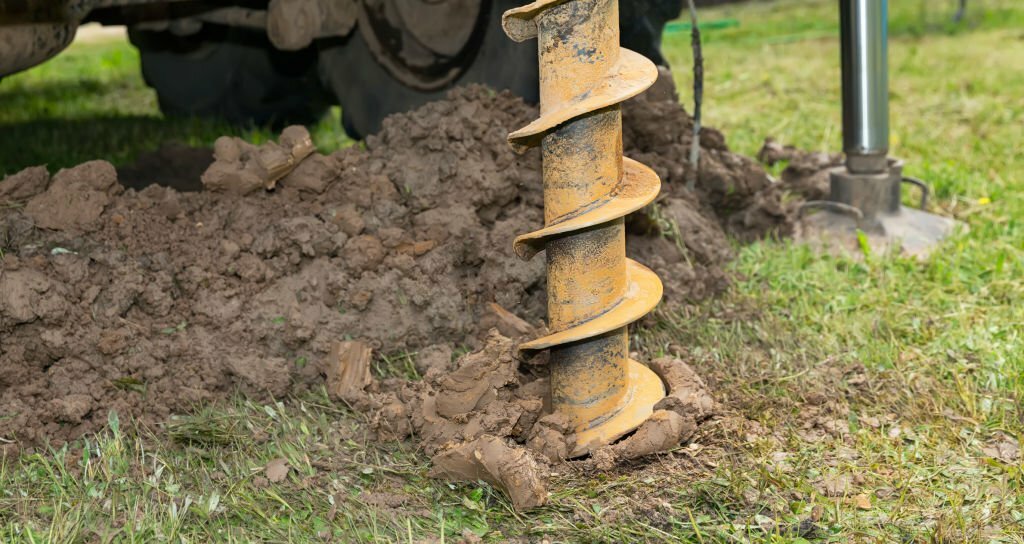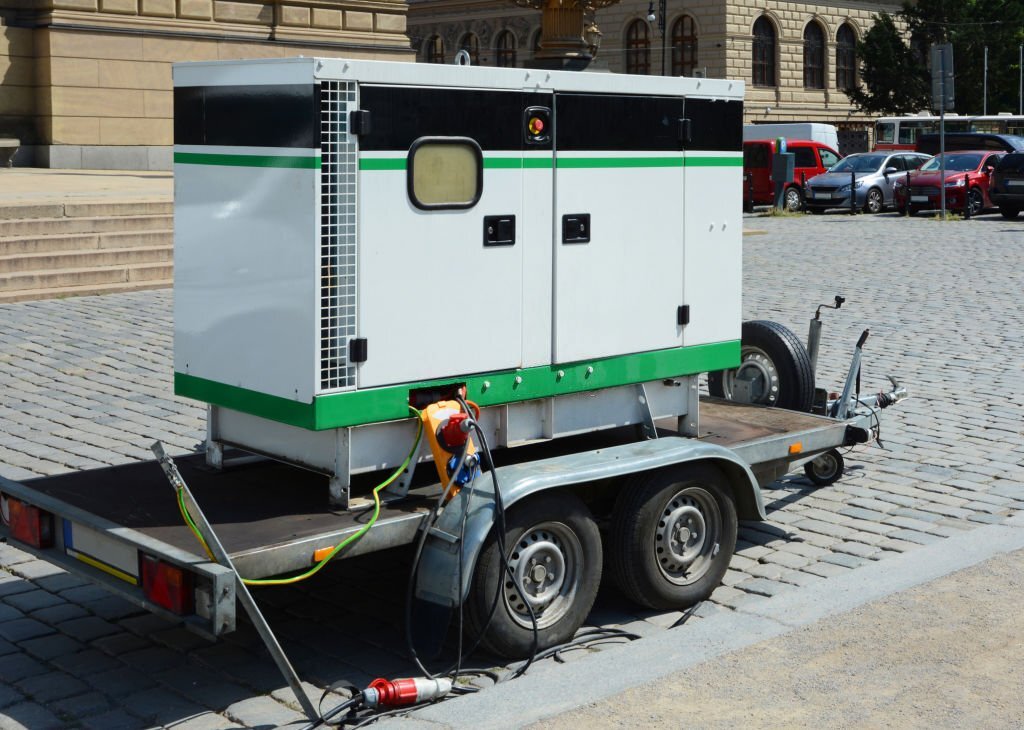
Introduction:
In the dynamic realm of heavy equipment deployed for mining operations, mining drills emerge as towering titans, their colossal presence symbolizing the pivotal role they play in unraveling the Earth to extract its hidden treasures. This article embarks on an expedition into the intricate anatomy of these formidable machines, unveiling the main components that orchestrate the efficiency and triumph of mining operations.
At the heart of mining drills lie the drill bits, versatile tools tailored to conquer diverse geological conditions. From the rugged terrains to the rocky depths, these bits define the success of drilling operations. Powering the relentless pursuit of resources are robust power systems, ranging from diesel engines to electric motors, providing the necessary force to drive drill bits into the Earth’s core. The symbiotic relationship between drill bits and power systems exemplifies the seamless fusion of technology and raw power in the pursuit of mineral extraction.
Hydraulic systems form the lifeblood, enabling precision in movement and control. The drill rods, sturdy and interconnected, serve as conduits for power and rotational force, bridging the surface equipment to the relentless drill bit. As the orchestra conductor of this intricate symphony, control systems empower operators to finely tune parameters, ensuring a dance of precision and adaptability in drilling operations. In essence, this exploration into mining drill components illuminates the sophisticated machinery that defines the pulse of heavy equipment in the pursuit of invaluable resources from beneath the Earth’s surface.
Drill Bits:

Standing at the forefront of mining drills are the unsung heroes—drill bits, the stalwart components that bore into the Earth’s crust with precision and determination. These vital tools come in a diverse array of types, each meticulously crafted and tailored for specific geological conditions. The selection of the right drill bit becomes a critical decision, wielding profound influence over the efficacy of mineral extraction in the complex and varied landscapes that mining operations encounter.
Roller cone bits, with their rotating cones studded with rugged teeth, excel in navigating through softer formations, while diamond bits, armed with industrial-grade diamonds, are the go-to choice for penetrating hard and abrasive rock. The choice between these variations, among others, is a strategic decision that hinges on a comprehensive understanding of the geological composition of the terrain being excavated. It is a decision that encapsulates not only the technical expertise of the operators but also the synergy between the drill bit and the specific geological challenges at hand. In this way, the drill bit emerges as a linchpin in the intricate machinery of mineral extraction, where the right choice paves the way for success in the relentless pursuit of invaluable resources beneath the Earth’s surface.
Power Systems:

At the core of the formidable force propelling mining drills forward are robust power systems, the unsung heroes that transform potential energy into the dynamic motion required for mineral extraction. These power systems represent a diverse array, spanning from the raw strength of diesel engines to the streamlined efficiency of electric motors. Their role is indispensable, providing the essential force required to drive the drill bits into the Earth’s subsurface with unyielding determination.
The choice between diesel engines and electric motors is a strategic decision that carries significant implications for the efficiency and performance of drilling operations. Diesel engines, known for their robustness and ability to generate high torque, are favored in remote or off-grid locations where a stable power supply may be a challenge. On the other hand, electric motors, with their precision and reliability, find prominence in operations with access to a consistent power grid. The efficiency of these power systems becomes a linchpin, influencing not only the speed at which drilling operations unfold but also the precision with which drill bits navigate through diverse geological formations. In essence, the selection of the right power system is a pivotal decision that dictates the rhythm and success of mining drills in their relentless quest for invaluable resources beneath the Earth’s surface.
Hydraulic Systems:

The lifeblood coursing through the veins of mining drills is none other than hydraulic systems, intricate networks of fluid-powered components that orchestrate the balletic movements crucial for efficient mineral extraction. These systems serve as the linchpin in the drill’s functionality, translating hydraulic power into precise and controlled movements of its various components.
Hydraulic systems wield their influence over every facet of a mining drill’s operation. They are instrumental in controlling the elevation of the drill, allowing operators to navigate diverse terrains with unparalleled precision. The ability to finely manage the rotation of the drill bit is another hallmark of hydraulic systems, ensuring that the drill can adapt to the varied geological compositions encountered during excavation.
The agility and adaptability of mining drills in different mining scenarios owe a debt to the versatility of hydraulic systems. Whether it’s the controlled descent into the Earth’s depths or the deft maneuvering required to navigate complex rock formations, hydraulics play a pivotal role in enhancing the drill’s responsiveness and effectiveness. In essence, hydraulic systems emerge as the silent architects behind the scenes, bestowing mining drills with the dexterity and precision needed to conquer the intricacies of the subterranean world in the relentless pursuit of valuable resources.
Drill Rods:
Forged to endure the formidable challenges of mineral extraction, drill rods emerge as stalwart connectors that bridge the surface equipment to the drill bit in mining operations. These are not mere components; they are a series of linked tubular sections, each meticulously designed to withstand the relentless rigors of drilling depths that extend into the Earth’s crust. Serving as the conduits for energy transfer, these robust components play a pivotal role in facilitating the seamless transmission of power and rotational force from the surface to the subterranean realms.

Drill rods must navigate a complex environment that includes rocks of varying hardness, soil conditions, and unpredictable geological formations. Their sturdiness and resilience are not just design considerations; they are imperative characteristics that enable these components to endure the intense pressures and forces encountered during the entire drilling process.
The connection between surface equipment and the drill bit is only as robust as the drill rods that link them. Their structural integrity is paramount, ensuring a continuous and reliable flow of energy that propels the drill bit into the Earth’s depths with precision and force. As unsung heroes of drilling operations, these unyielding components stand testament to the engineering prowess required to conquer the subterranean challenges and extract invaluable resources from beneath the Earth’s surface.
Control Systems:

At the helm of modern mining drills lies a technological marvel—the sophisticated control systems that act as the nerve center, orchestrating every nuanced movement with precision and finesse. These systems represent the pinnacle of technological advancement, empowering operators to wield mastery over the intricate parameters governing drilling operations. From the depth of excavation to the speed and angle of the drill bit’s rotation, these control systems offer a comprehensive suite of tools for operators to finely tune and monitor every aspect of the drilling process.
The capability to manage drilling parameters is not a mere convenience; it is a strategic imperative that contributes to the efficiency and success of mining operations. Advanced control technologies, often integrated with intuitive interfaces, enable operators to make real-time adjustments based on the ever-changing conditions encountered beneath the Earth’s surface. This adaptability is a hallmark feature, allowing mining drills to navigate diverse geological compositions with unparalleled precision.
The precision offered by these control systems translates into a harmonious dance of machinery, where every movement is orchestrated with calculated intent. As the drill descends into the Earth, operators, armed with real-time data and control capabilities, ensure that each excavation is executed with the exactitude demanded by the geological challenges at hand. In essence, the efficiency of modern mining drills is not merely a result of raw power but a symbiotic collaboration between human expertise and cutting-edge control technologies, driving the industry towards unprecedented levels of precision and operational excellence.
Conclusion:
The efficiency and success of mining operations hinge on the synergy of various components within mining drills. From the precision of drill bits to the power of hydraulic systems, each component plays a vital role in the intricate dance of mineral extraction. As technology continues to evolve, so too do the capabilities of these components, shaping the future of mining and heavy equipment operations.

